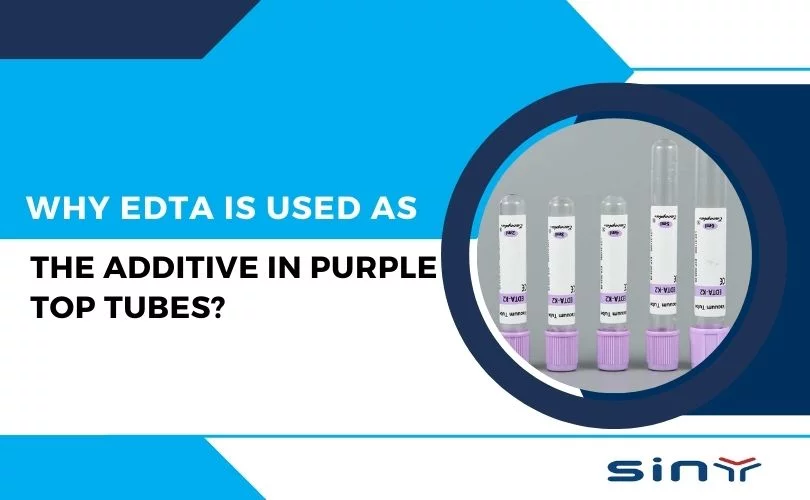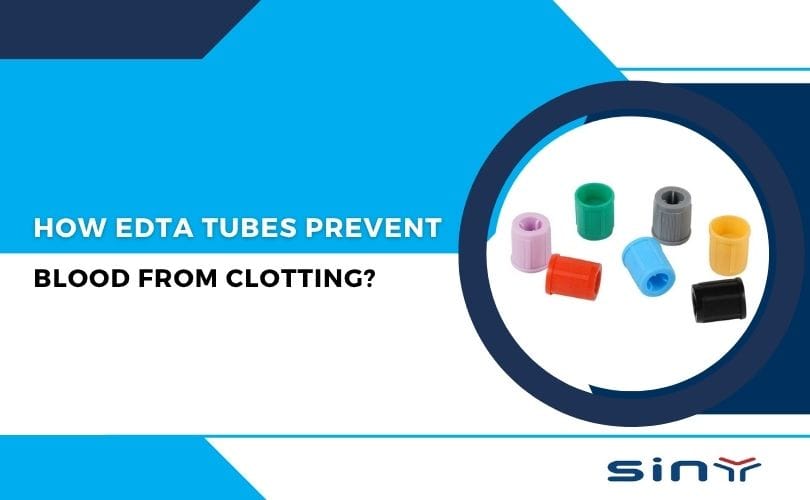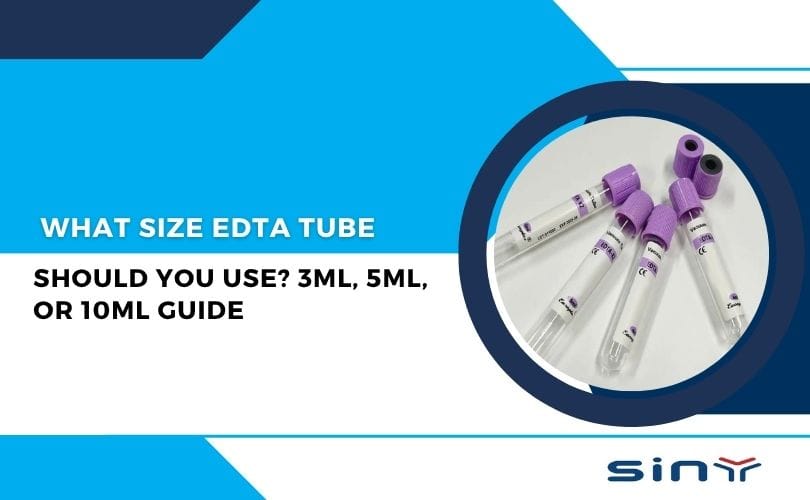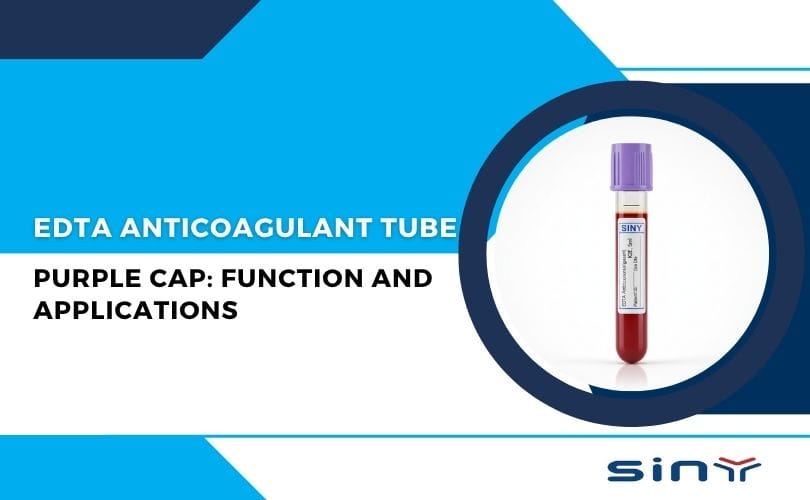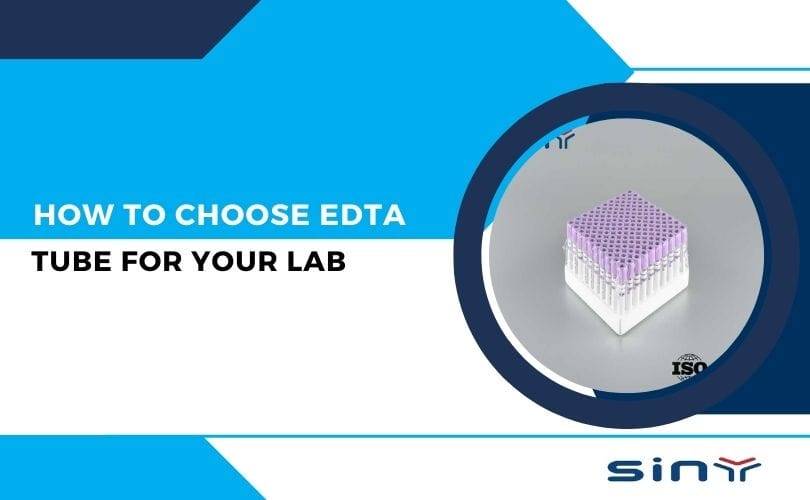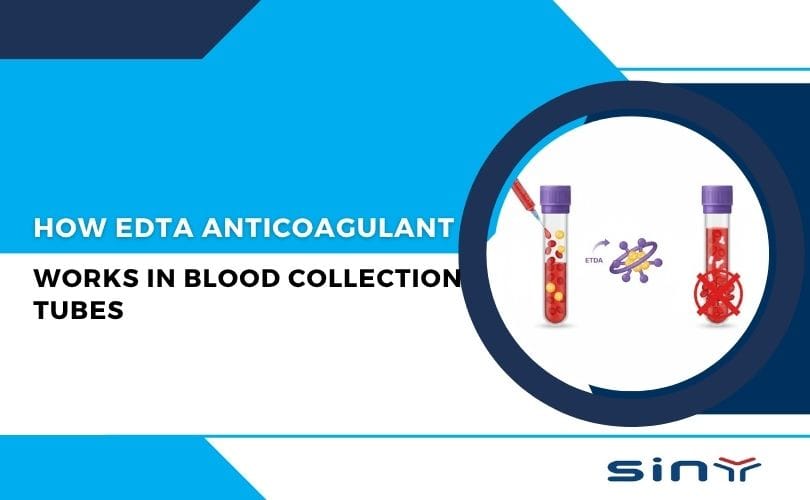While EDTA is widely used, it is not the only anticoagulant available. Understanding its advantages over other options can highlight why it is preferred for specific applications.
Citrate
Citrate is another commonly used anticoagulant, particularly in coagulation studies. EDTA, citrate works by binding calcium ions reversibly. This reversibility is crucial for coagulation tests, where the ability to reintroduce calcium is necessary for specific assays.
Heparin
Heparin is an anticoagulant that works by inhibiting thrombin and other clotting factors. It is often used in clinical chemistry tests where plasma is required. However, heparin can interfere with some assays and cause cellular changes, making it less suitable for hematology tests than EDTA.

